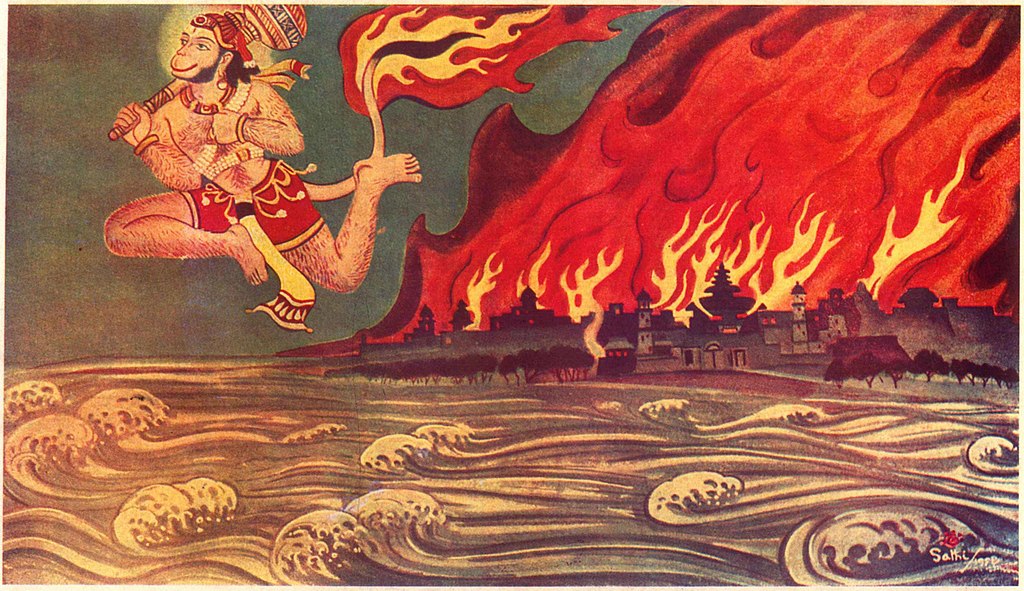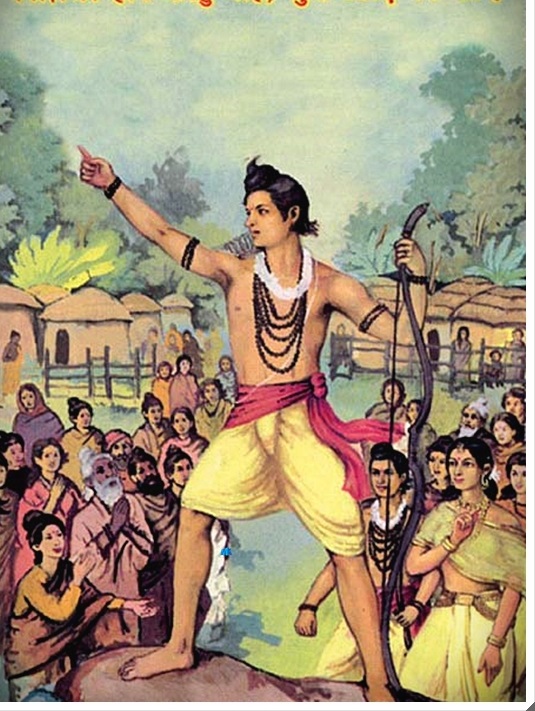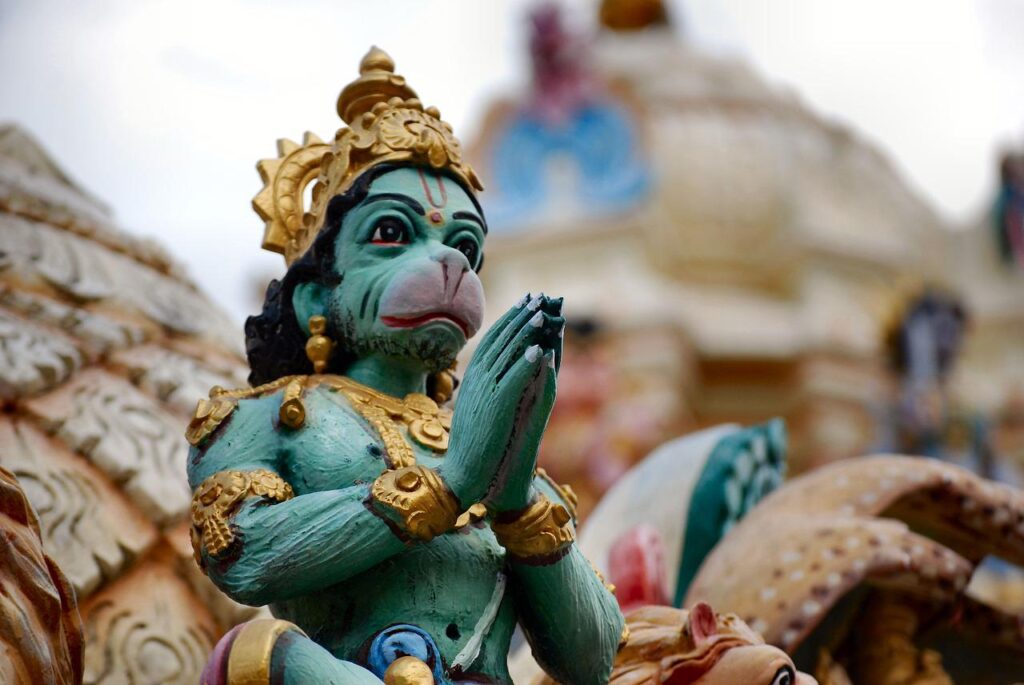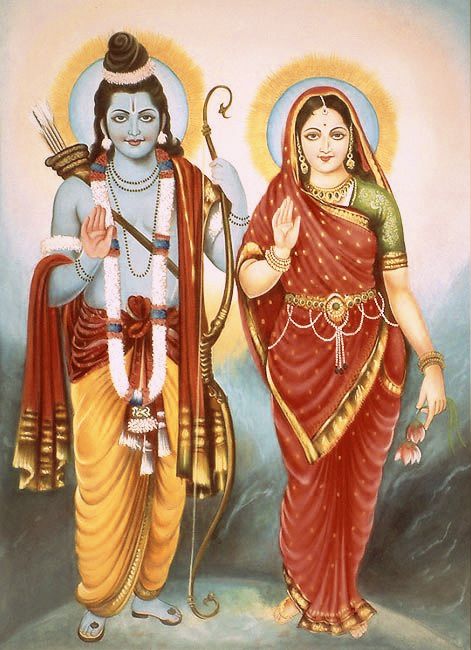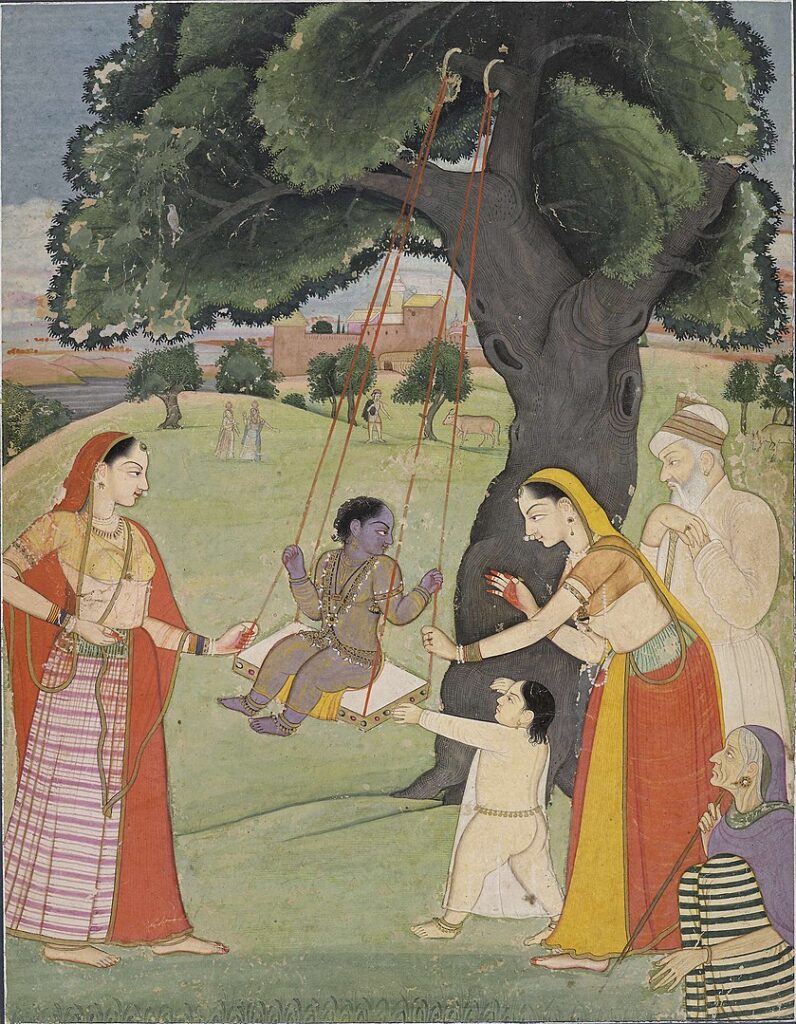
Rasa, or divine mellows, is remarkable and the most esoteric truth. It is the culmination of the transcendental pastimes of Sri Krishna, the Supreme Personality of Godhead. When devotion unto Krishna reaches the peak of purity and grows dynamically active, it transforms into ‘Krishna Bhakti Rasa’, the mellows of devotion towards Krishna.
Unless a devotee attains pure devotion and reaches the stage of a ‘sadhaka’, he is not qualified to experience ‘rasa’. A ‘sadhaka’ is a devotee who has attained attraction for Krishna but might not be completely free from all anarthas (material impurities). A neophyte devotee, however, who engages in deity worship in the temple but behaves improperly with others, is not qualified to relish rasa (divine mellows).
‘Siddhas’ are those devotees whose activities revolve solely around Sri Krishna and who always crave to relish Krishna bhakti rasa. They have attained perfection in their devotional lives either through sadhana (devotional practice), Kripa (mercy of exalted souls or God), or else they are eternally perfected souls (Nitya Siddha).
Krishna is the root cause of divine love whereas Krishna’s personal traits and paraphernalia act as ‘uddipana’ or that which evokes ecstatic love for Him. ‘Uddipana’ helps stimulate the devotee’s latent love for Krishna, which in course of time manifests itself as ‘rasa’.


